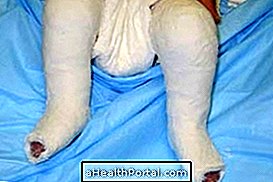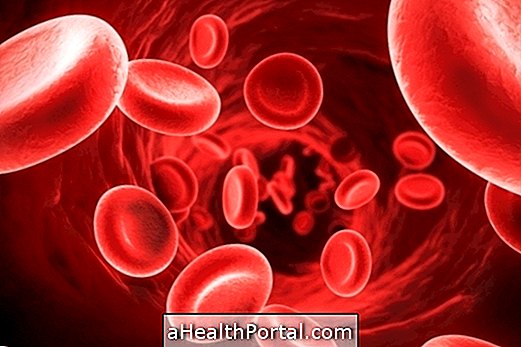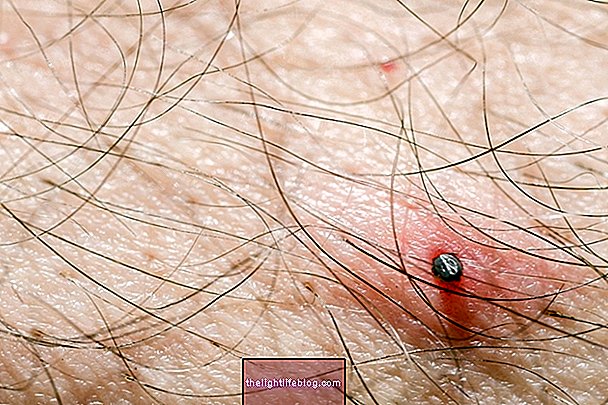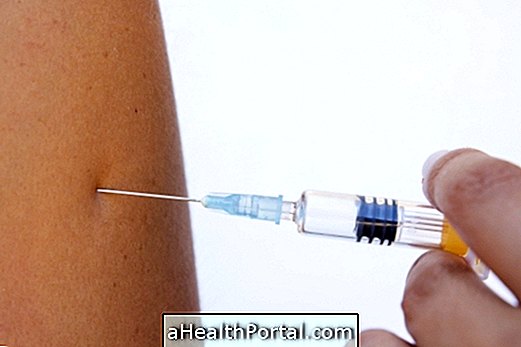The anal fissure is a small wound that appears in the anus, like a cut that is located at the entrance of the anus and causes symptoms such as pain, discomfort, small bleeding and ardent burning.
Generally, this type of fissures is caused by the passage of very dry and hard stools, which dilate the sphincter, causing the injury. However, other problems such as constipation, severe diarrhea, close contact in the anal region, genital herpes or hemorrhoids can also lead to the development of a fissure.

How is the treatment done?
The most important in the treatment of anal fissure is to maintain adequate intimate hygiene, so that infections that impede healing are avoided. To do this, whenever possible, after defecating or urinating, you should wash the area thoroughly with water and some intimate soap or wipe the toilet paper moistened with water. The industrialized moist wipes may not be a good choice as they may contain alcohol and other substances that irritate the region.
In addition, applying cold water packs over the cleft area may also be an option as they soothe the burning and reduce pain, but other strategies are:
Seat bath for anal fissure
Sitting completely naked for 20-30 minutes in a bowl of warm water and a tea bag of chamomile or lavender is a great way to relieve the discomfort caused by the fissure, aiding in healing. Other medicinal plants that can also be used for this sitting bath are marigold or witch hazel, which are also indicated in case of hemorrhoids.
Ointments for anal fissure
The ointments should be used during treatment when the symptoms are very intense and cause a lot of discomfort to defecate. Thus, some examples of ointment are:
- Proctyl or Ultraproct : are ointments that contain an anesthetic substance that reduces sensitivity to pain;
- Rectogesic and other ointments with nitroglycerin : helps in the relaxation of the anal sphincter and improves the blood circulation in the region, facilitating the healing of the fissure;
- B-pantene, Bepantol or Hipoglós : are healing ointments that moisturize and stimulate the healing of the skin.
These ointments should always be indicated by a proctologist because they should be adequate to the symptoms of each person and to the specific cause of the anal fissure.
In more severe cases, when the anal fissure is large and deep, it may be necessary to see a doctor so that it can indicate analgesics and oral anti-inflammatories such as Paracetamol or Naproxen for relief of pain and inflammation, or antibiotics such as Amoxicillin, Neomycin or Gentamicin for example to treat possible infections.
How to properly identify anal fissure
Some of the symptoms that indicate the presence of an anal fissure include:
- Pain in the region of the anus entrance, especially when hygiene is performed with paper;
- Presence of blood residues on paper or moist tissue used for hygiene;
- Blood in stool;
- Burning, especially when urinating or defecating;
- Frequent itching of the anus.
The anal fissure wound can cause an anal sphincter spasm which makes it difficult to evacuate, and in the most severe cases, there may even be blood in the stool. In children and infants, anal fissure can worsen constipation by causing pain, so see 4 Home Laxatives for Infants and Children.
How to prevent the fissure from recurring
In most cases, anal fissures are caused by very dry stools and constipation, so it is recommended to invest in a balanced diet rich in fiber, as well as bet on regular physical activity to help regulate the bowel.
However, to avoid dry stools it is very important to drink enough water. See how much water you need to drink per day in How much water to drink and check out this video for tips from our nutritionist to drink more water during the day:






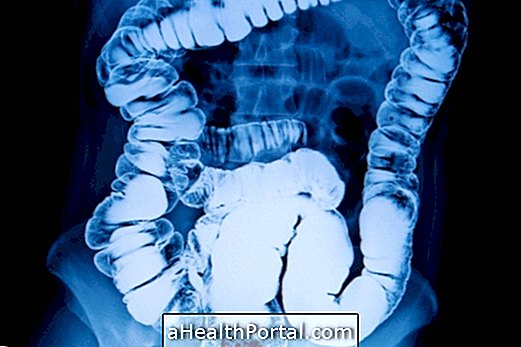

-o-que--sintomas-e-tratamento.jpg)

